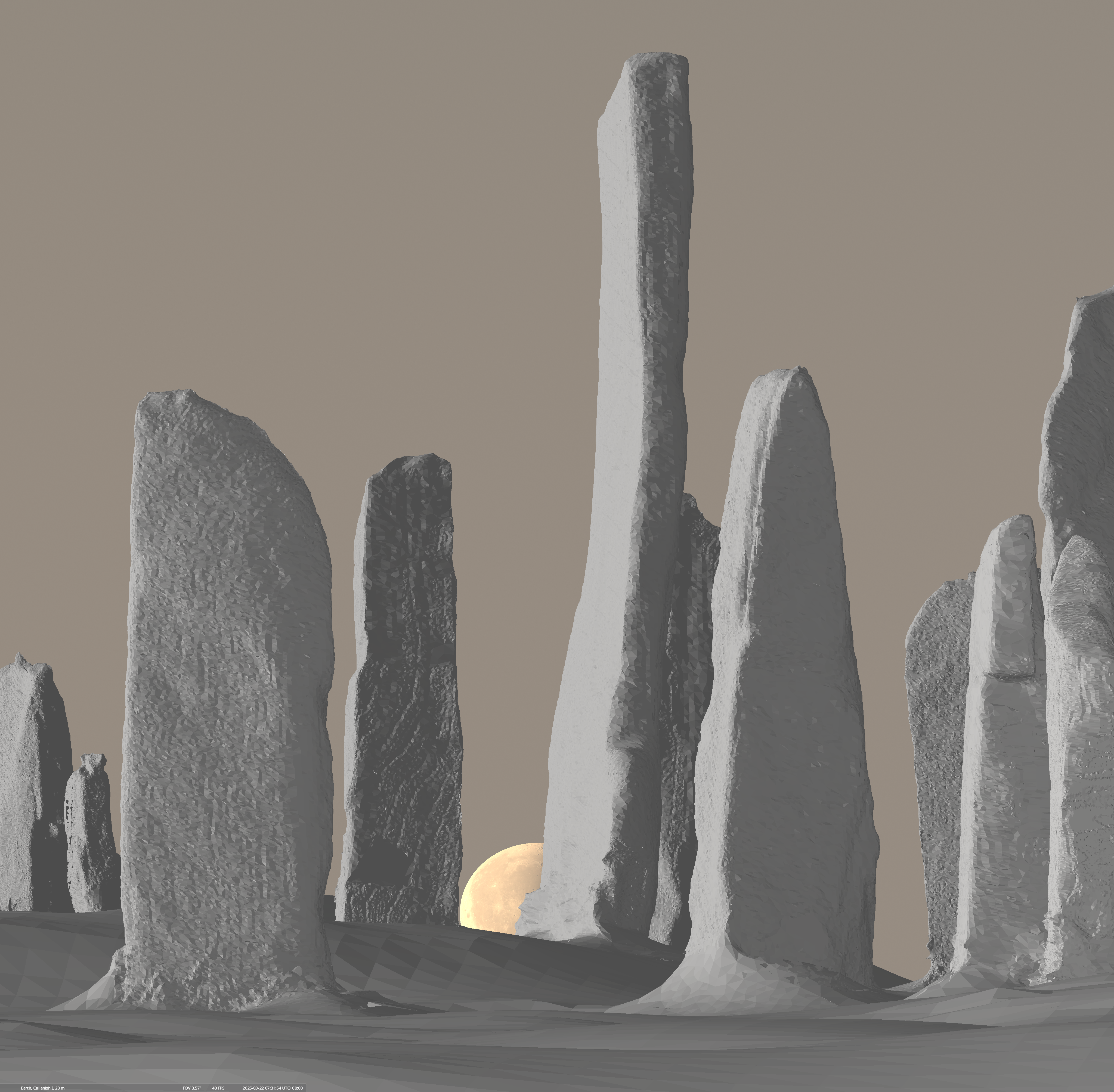NEW
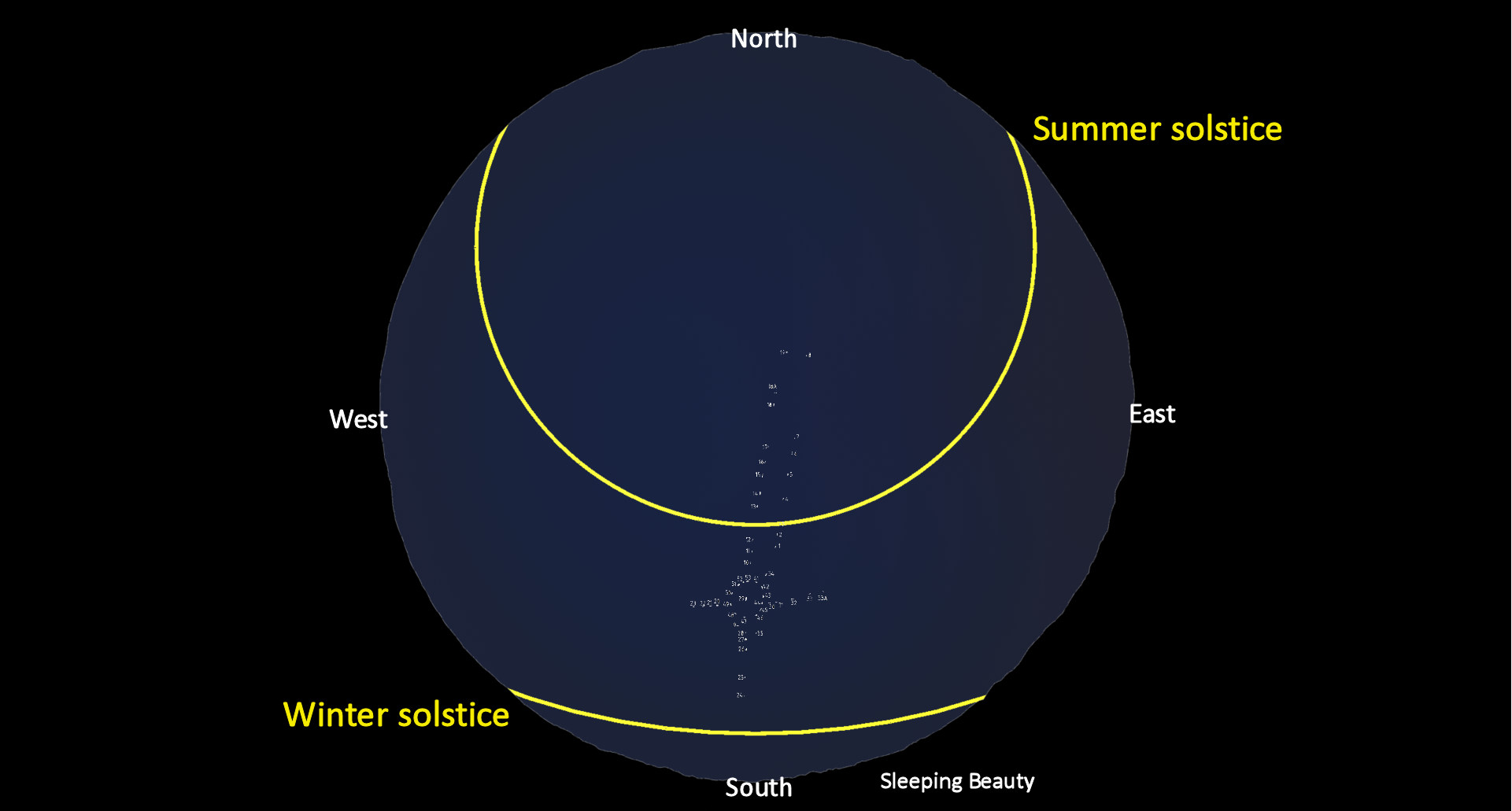
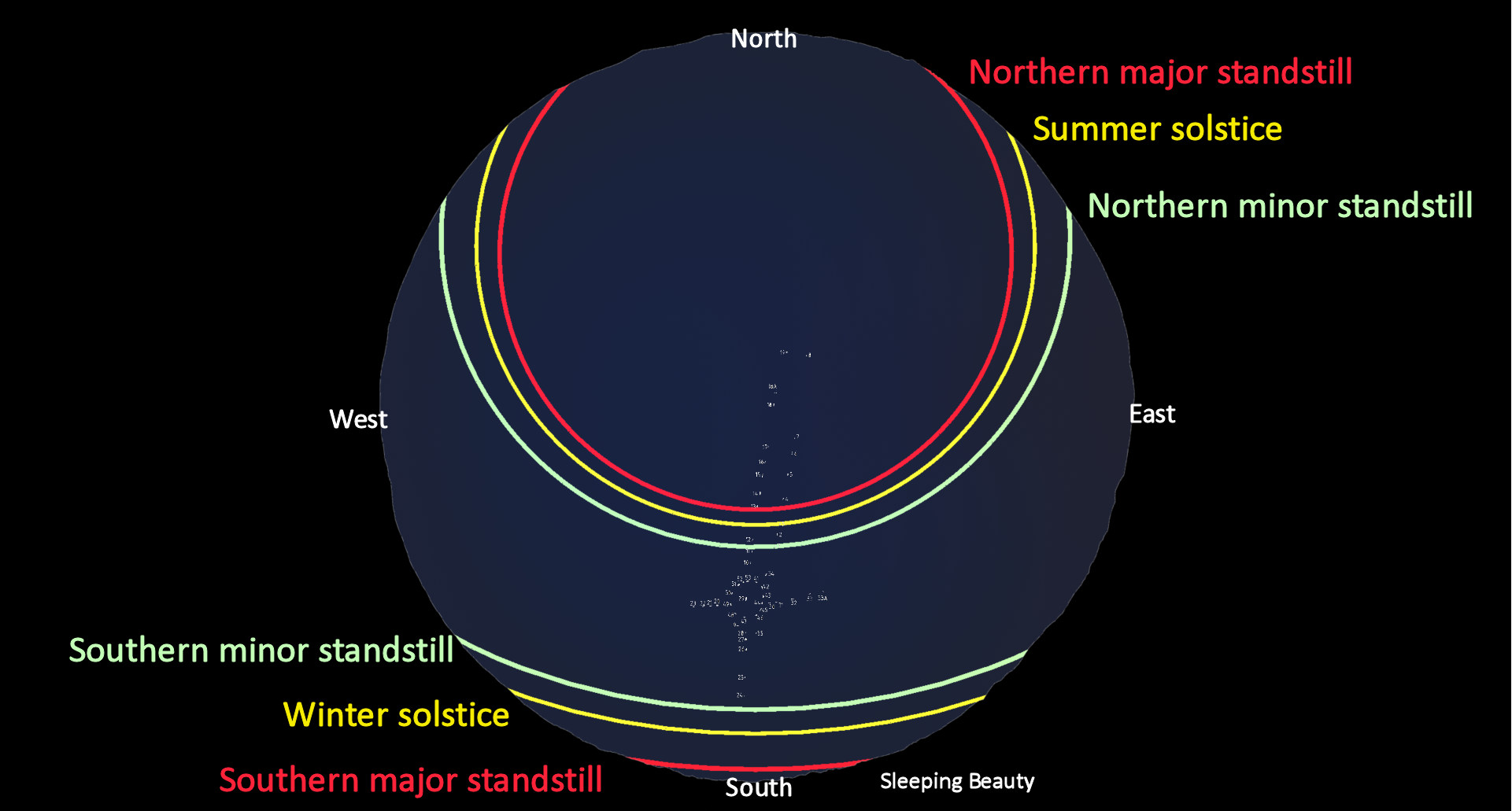
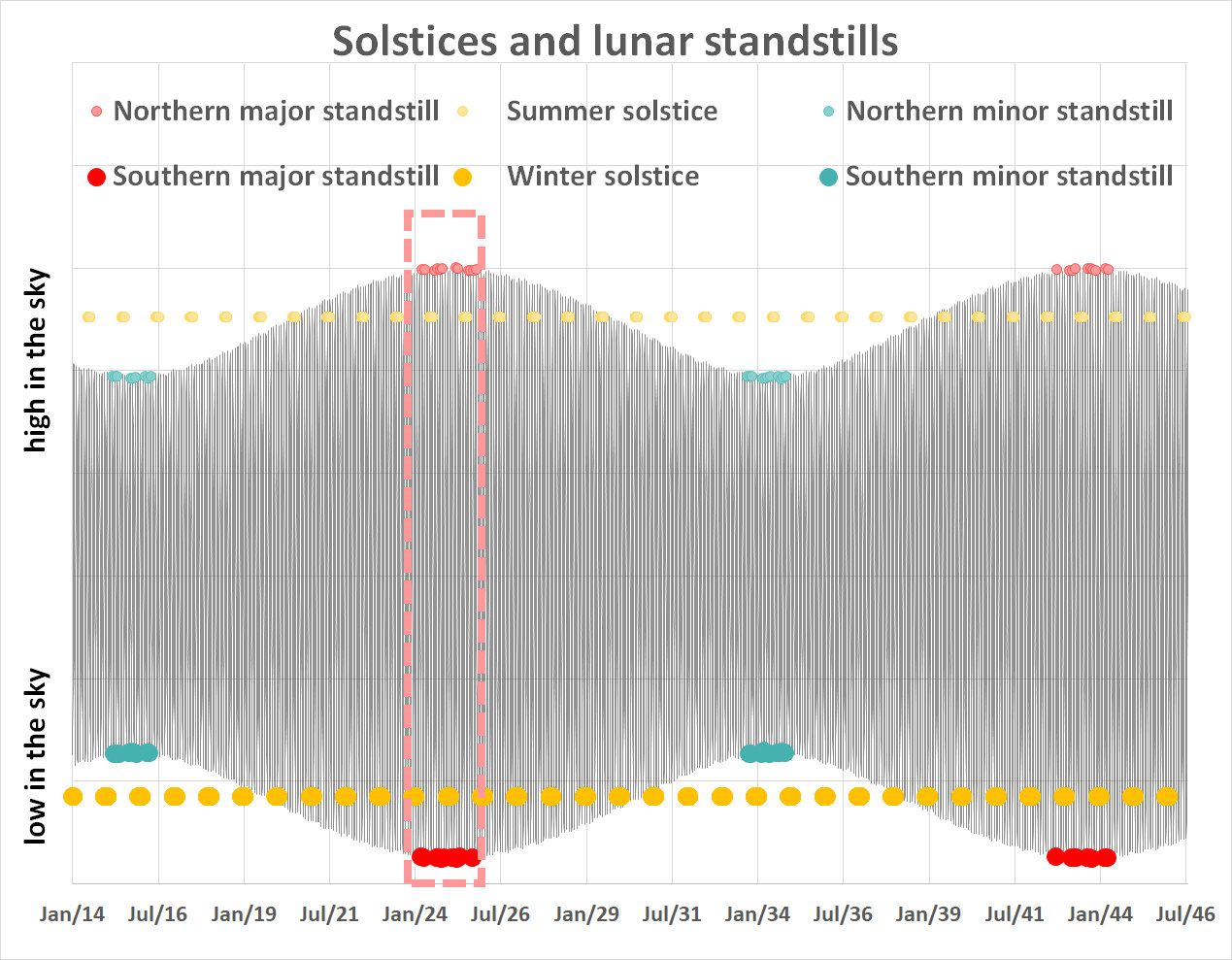
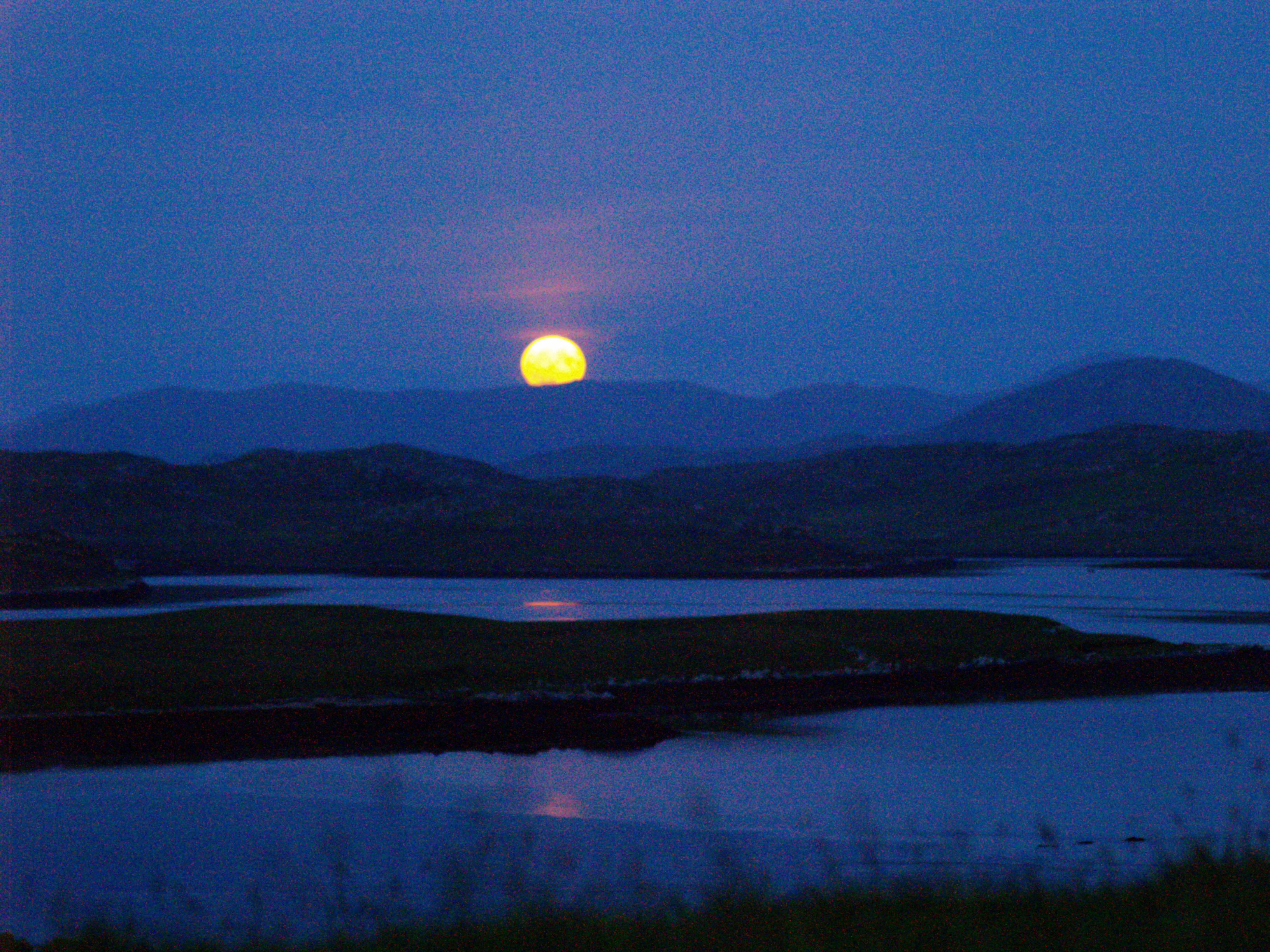
|
Top 11 lowest |
Date of (near) southern major
standstill |
Lunar |
|
1 |
22/03/2025 |
🌖 |
|
2 |
09/10/2024 |
🌒 |
|
3 |
01/09/2025 |
🌓 |
|
4 |
15/08/2024 |
🌔 |
|
5 |
05/11/2024 |
🌒 |
|
6 |
01/04/2024 |
🌖 |
|
7 |
11/09/2024 |
🌓 |
|
8 |
23/02/2025 |
🌔 |
|
9 |
26/01/2025 |
🌔 |
|
10 |
05/03/2024 |
🌘 |
|
11 |
18/04/2025 |
🌖 |
|
12 |
30/02/2024 |
🌒 |
